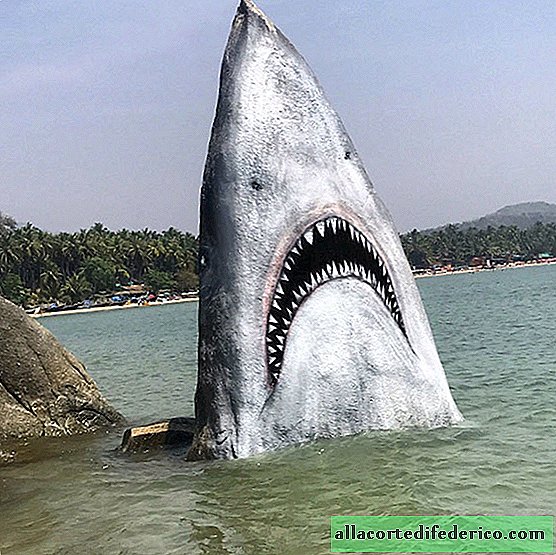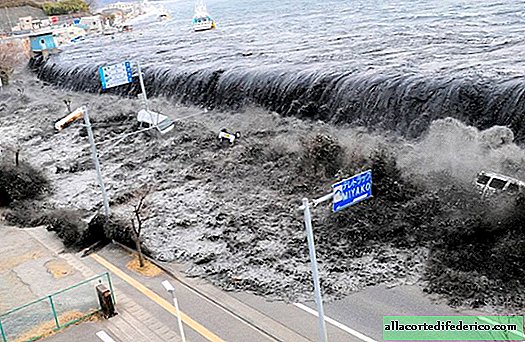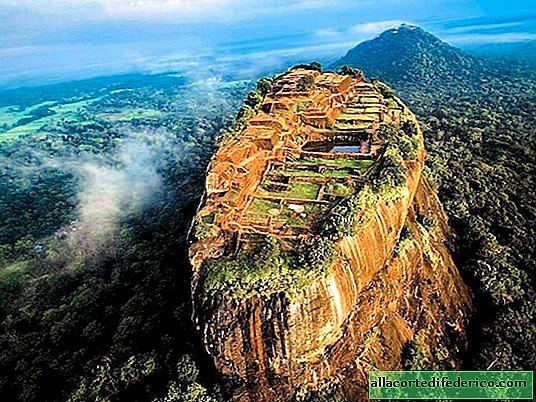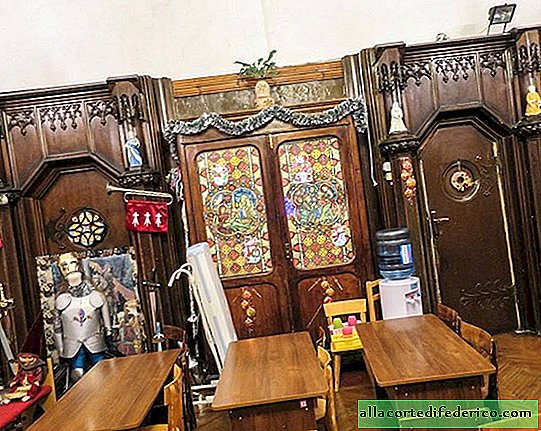The lost palace of Cleopatra in Alexandria: how he ended up under water
The famous Cleopatra's palace now rests on the bottom of the Mediterranean Sea. Majestic statues of the gods, ancient Egyptian bas-reliefs and sphinxes covered with seaweed - all this has been hidden under the waters of the bay for over a thousand years. No one knew exactly where the ruins of the palace of the last Queen of Egypt are located until at the end of the 20th century a scientific expedition led by Frank Goddio discovered them. But how did the huge palace end up under water?
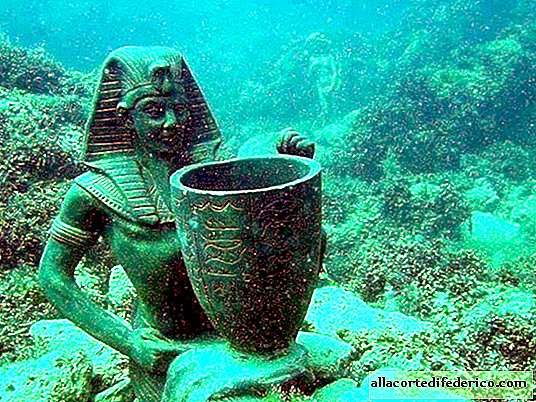 The sunken part of Alexandria
The sunken part of AlexandriaThe city of Alexandria, located in the Nile Delta on the shores of the Mediterranean Sea, was the capital of Egypt during the reign of the Ptolemaic dynasty. The main seaport of the country was located here, and the city was a major center of international trade in the Mediterranean. The population of the capital was, according to various estimates, from 300 to 500 thousand people, which was very much for that era. Within Alexandria, on the island of Antirodos, there was the palace of Cleopatra, the last and perhaps the most famous ruler of the Ptolemaic dynasty.
 Divers in a sunken city
Divers in a sunken cityScientists have long searched for the palace and the vast royal quarter in the coastal areas, but luck smiled only at a group of underwater explorers Frank Goddio. Although this can hardly be called luck, it was more likely that the find was the logical result of a grandiose scientific work done by an archaeologist. Frank Goddio for many years was engaged in underwater archeology and, based on his own scientific approach, he discovered more than a dozen ancient ships that sank in different parts of the oceans. Among his finds are the famous galleon "San Jose" and the French ship "Adelaide".
 Frank Goddio
Frank GoddioThe discovery of the ruins of Cleopatra's palace took place in 1992, but the find was officially announced 4 years later. The scientists saw an amazing picture: statues and ancient Egyptian inscriptions on the obelisks looked at them through the depths of centuries. At the bottom of the bay, ancient sphinxes with lost facial features, statues of gods, priests, numerous ancient Egyptian bas-reliefs with hieroglyphs and other artifacts of that period were found. Here, the head of the statue was found, which supposedly belonged to Caesarion - the son of Tsarina Cleopatra and Caesar.
 The head of the statue of Caesarion
The head of the statue of CaesarionAccording to available historical records, the royal quarters of Alexandria were flooded in the 4th century AD. Geologists attribute this event to a strong earthquake and subsequent subsidence of the soil in the coastal part of the city. Most likely, the cause of catastrophic changes in the city was the earthquake of 365, the epicenter of which is located in the region of the island of Crete. Experts believe that the earthquake had a magnitude of at least 8, and the catastrophic consequences of this event were noticeable even in northern Africa. A huge tsunami wave claimed many lives in Alexandria, destroying the city.

Most of the finds, raised from the bottom in the region of Alexandria, replenished the collection of the National Museum of Alexandria. By the way, this is not the only underwater find near the city. There was discovered the sunken city of Heraklion, which we wrote about in this material.




